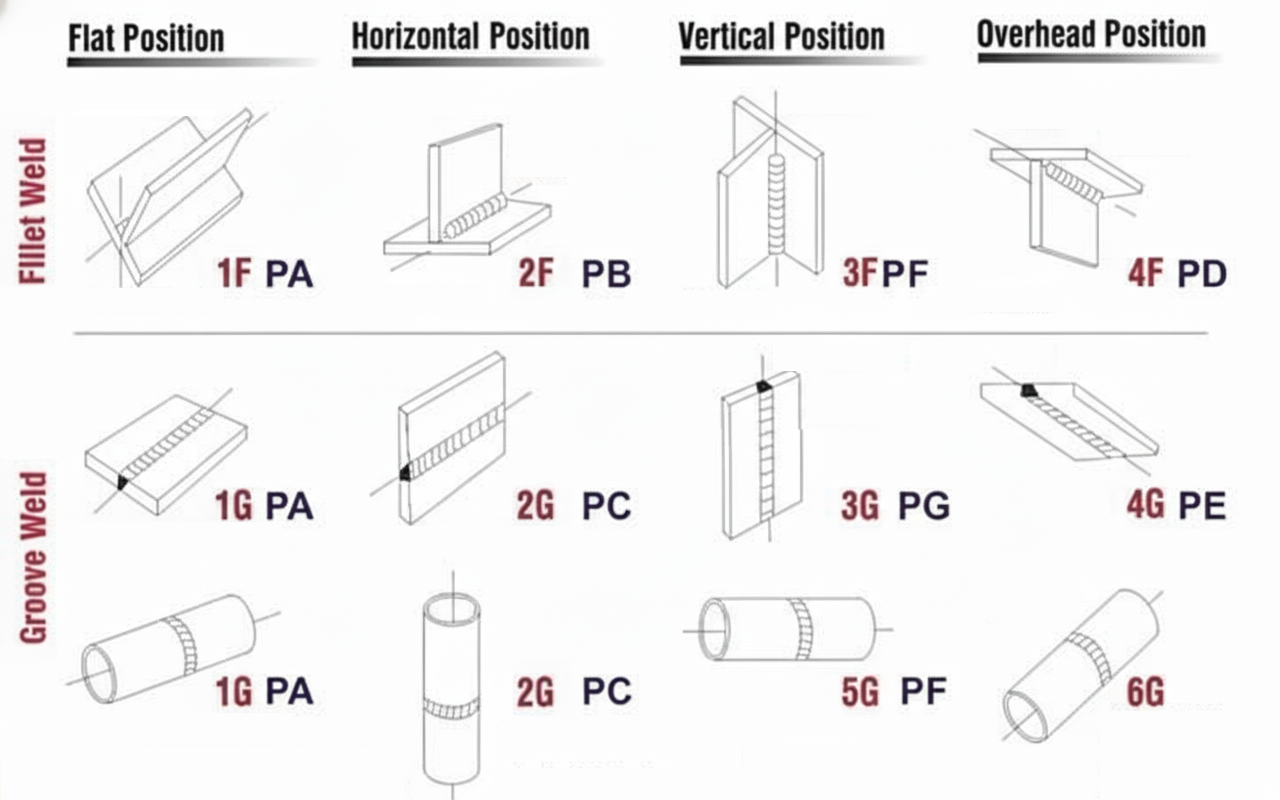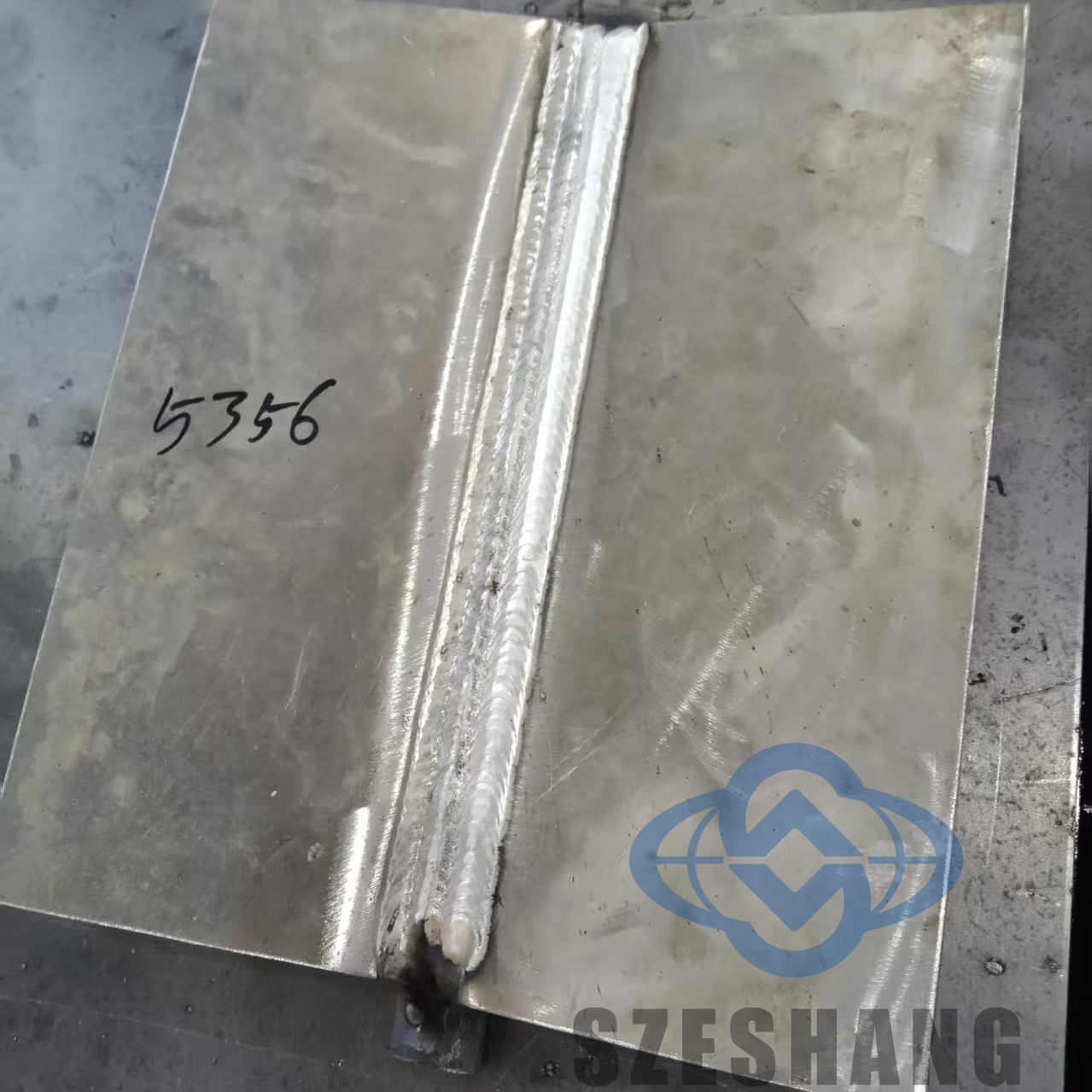Views: 0 Author: Site Editor Publish Time: 2025-11-17 Origin: Site
The number-letter code tells a welder exactly how the joint is oriented:
The Number refers to the welding position (1=Flat, 2=Horizontal, 3=Vertical, 4=Overhead).
The Letter "G" stands for Groove Weld.

Common Use: Fabrication in a shop where the workpiece can be positioned or rotated for flat welding.

Common Use: Welding a joint on a vertical surface, like a seam on a storage tank or a large structural column.
Common Use: Shipbuilding, structural steel erection (e.g., columns), and large storage tanks.
Key Challenge: This is the most difficult position. Gravity is constantly trying to drip the molten weld metal out of the joint. It requires excellent arc control, proper amperage settings, and a very steady hand to prevent defects and ensure fusion.
Common Use: Welding on the underside of structures, such as bridges, ship decks, or overhead beams that cannot be moved.

For more welding solutions, you can leave message to us here.
Notice on Implementation of Traceability QR Codes for Welding Wire Products
How To Select The Correct Diameter for ER70S-6 MIG Welding Wire?
ELV Testing Result for Szeshang Brand ER70S-6 MIG Welding Wire
Shandong Szeshang Welding are listed as one of Provincial Key enterprise.
Check Out Some Laboratory Equipment Used for Testing Welding Wire And Welding Electrode
